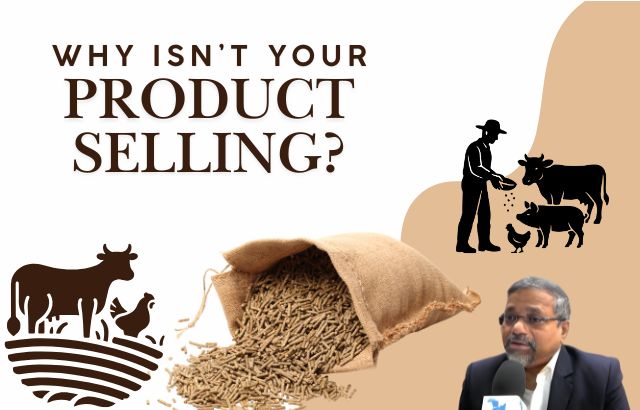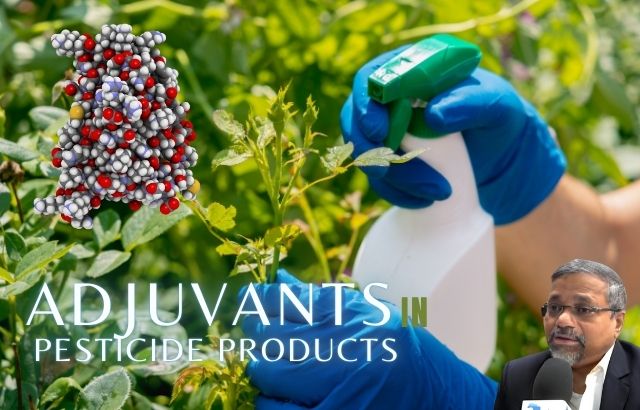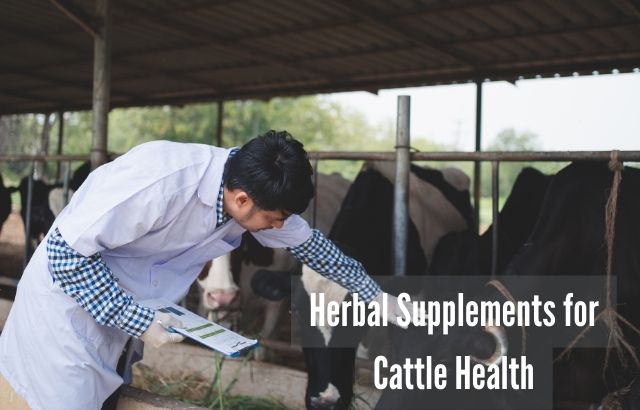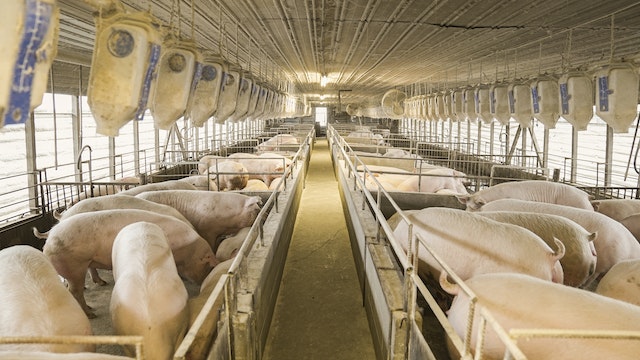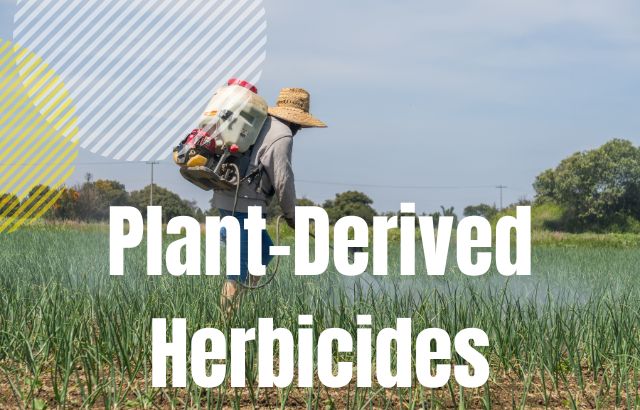The global market for animal, poultry, and livestock feed supplements is highly competitive. As a Subject Matter Specialist, Jaiguru Kadam, with vast international experience in the industry, understands that even if a product has all the necessary certifications, scientific testing, and the highest quality ingredients, it doesn’t always guarantee success in the marketplace. So, what’s missing? Why do certain products struggle to make an impact, while others fly off the shelves?
In this blog, we will explore the key reasons why a premium product might not sell, even with the best credentials, and how businesses can address these challenges. We’ll also highlight the importance of a Green Innovator approach in today’s market and give you a practical guide to enhance your product’s marketability. Plus, we’ll provide some real-world examples and calculations to show how strategy can make all the difference.
Understanding the Market: Quality is Only Part of the Equation
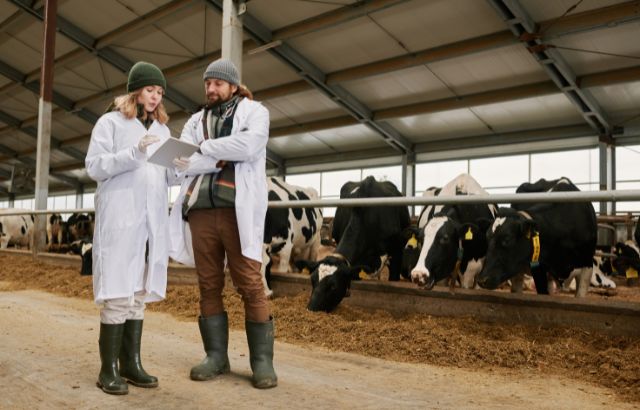
Having high-quality ingredients and solid scientific backing is essential, but there are several other factors at play that can determine the success of your product. Let’s break it down:
1. Lack of Consumer Awareness
Even if your product is top-notch, if consumers aren’t aware of it or don’t fully understand the benefits, sales will be stagnant. Many businesses overlook the power of education and awareness campaigns.
Example: Take a look at the poultry feed supplement industry. A product that has been scientifically proven to improve egg production may not sell unless farmers understand the precise benefits it offers. To boost awareness, companies must use targeted marketing strategies, like webinars, demo videos, or expert testimonials.
2. Misalignment with Market Needs
It’s crucial that your product addresses a specific problem faced by your target market. While your feed supplement may be scientifically advanced, if it doesn’t align with the immediate needs of poultry or livestock farmers, it won’t resonate.
Example: Suppose a product promises to increase growth rate in chickens but the target market is more concerned with improving feed conversion ratios due to rising feed costs. In this case, even though the product is of excellent quality, it doesn’t hit the priority issue for the customer.
3. Price Sensitivity
Even with the best ingredients, if the pricing is too high compared to alternatives in the market, consumers may hesitate to make a purchase. Price sensitivity is especially prominent in the livestock feed industry, where margins are often tight.
Example: A highly effective poultry feed supplement may cost $50 for a 10 kg bag, but if a competing product with similar, albeit slightly inferior, results sells for $30, customers may lean toward the more affordable option.
The Role of the Green Innovator

As a Green Innovator, Jaiguru Kadam emphasizes the importance of sustainability in the feed supplement industry. Farmers and consumers today are more aware of environmental impacts and demand eco-friendly, sustainable products. Being a Green Innovator is not just about having a green certification—it’s about integrating sustainability into every part of the product lifecycle.
- Sustainable Sourcing: Using eco-friendly ingredients and sourcing raw materials from responsible, sustainable farms or suppliers.
- Packaging: Utilizing biodegradable or recyclable packaging can resonate with today’s conscious consumer.
- Production Practices: Employing energy-efficient and waste-reducing manufacturing processes.
By aligning your product with green initiatives, you not only appeal to a growing market segment but also differentiate yourself from competitors.
Example: Imagine a company produces a feed supplement using organic, locally sourced herbs that boost immunity in livestock. Not only does this feed improve animal health, but it also reduces the carbon footprint associated with transporting synthetic ingredients. This “green” edge can be the deciding factor for a consumer when choosing between products.
Role of the Subject Matter Specialist in Product Development
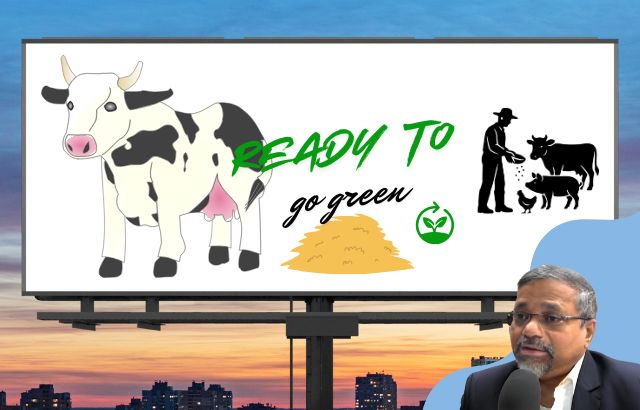
As a Subject Matter Specialist, Jaiguru Kadam brings extensive experience to help businesses in the animal and livestock feed supplement industry overcome these challenges. With his international exposure and technical knowledge, he can guide companies in optimizing their product’s marketability by focusing on the following key areas:
1. Research & Development:
Tailoring the product to meet the evolving needs of the industry, through constant R&D and market feedback loops.
2. Regulatory Compliance:
Ensuring your product meets both local and international regulatory standards, making it easier to enter and succeed in global markets.
3. Effective Communication:
Using clear language to communicate complex scientific information to farmers and businesses. This is where Jaiguru Kadam’s expertise helps bridge the gap between science and application, making the product more relatable and desirable.
4. Consumer-Centric Solutions:
Understanding market trends and consumer behavior, and tweaking the product based on insights into the actual needs of farmers.
FAQs
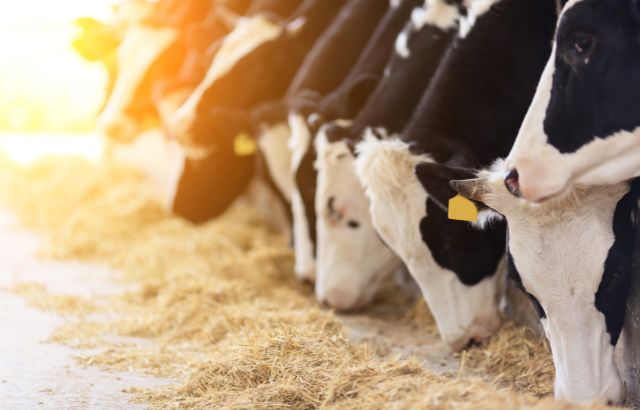
Q1: What should I do if my product has great quality but isn’t selling?
- Focus on educating your target market. Create awareness campaigns, offer product demonstrations, and use testimonials to build trust. Evaluate your pricing strategy and see if there’s room for better alignment with the market.
Q2: How can I make my product more sustainable?
- Look at sourcing ingredients responsibly, using eco-friendly packaging, and reducing your carbon footprint in manufacturing. Being transparent about these efforts in your marketing can build consumer loyalty.
Q3: How important is price in the animal feed supplement industry?
- Price is definitely a critical factor, but it should not be the only factor. If your product offers distinct advantages, emphasize those through effective marketing. However, always consider the price sensitivity of your market segment.
A Simple Calculation: How Pricing Affects Your Sales
Let’s say you’re selling a high-quality poultry feed supplement. Here’s a basic calculation to help illustrate how small changes in price and sales volume can affect revenue:
- Product Price: $50 for a 10 kg bag.
- Current Sales Volume: 500 units per month.
Current Monthly Revenue = 500 units × $50 = $25,000.
Now, if you drop the price to $45, it may encourage more sales, even though the per-unit revenue decreases. Let’s say you now sell 600 units per month.
New Monthly Revenue = 600 units × $45 = $27,000.
In this example, lowering the price by $5 actually leads to a $2,000 increase in monthly revenue. However, keep in mind that this is just one example—every market is different, and pricing strategies should be tailored to specific circumstances.
Conclusion
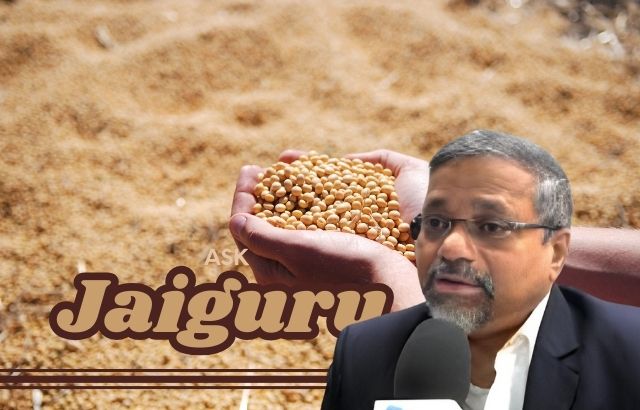
Jaiguru Kadam, as a Subject Matter Specialist, advocates for a holistic approach when it comes to product development, marketing, and sales in the animal and livestock feed supplement industry. It’s not just about having high-quality ingredients and certifications—it’s about aligning with market needs, educating consumers, maintaining sustainable practices, and using expert insights to navigate the complexities of the industry.
By understanding the broader context and employing strategic initiatives, you can turn a high-quality product into a best-seller, even in a crowded and competitive market.
Stay ahead of the curve and take your product to the next level with a comprehensive strategy, backed by the right knowledge and expertise.

